Galapagos Species Database
The Galapagos Species Database shares the information about the species from our Natural History Collections.
Myiarchus magnirostris
Copetón de Galápagos, Papamoscas, Galápagos Flycatcher
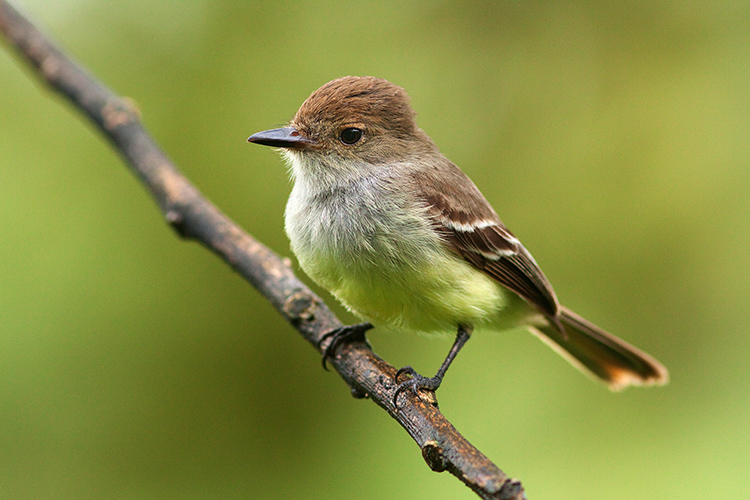
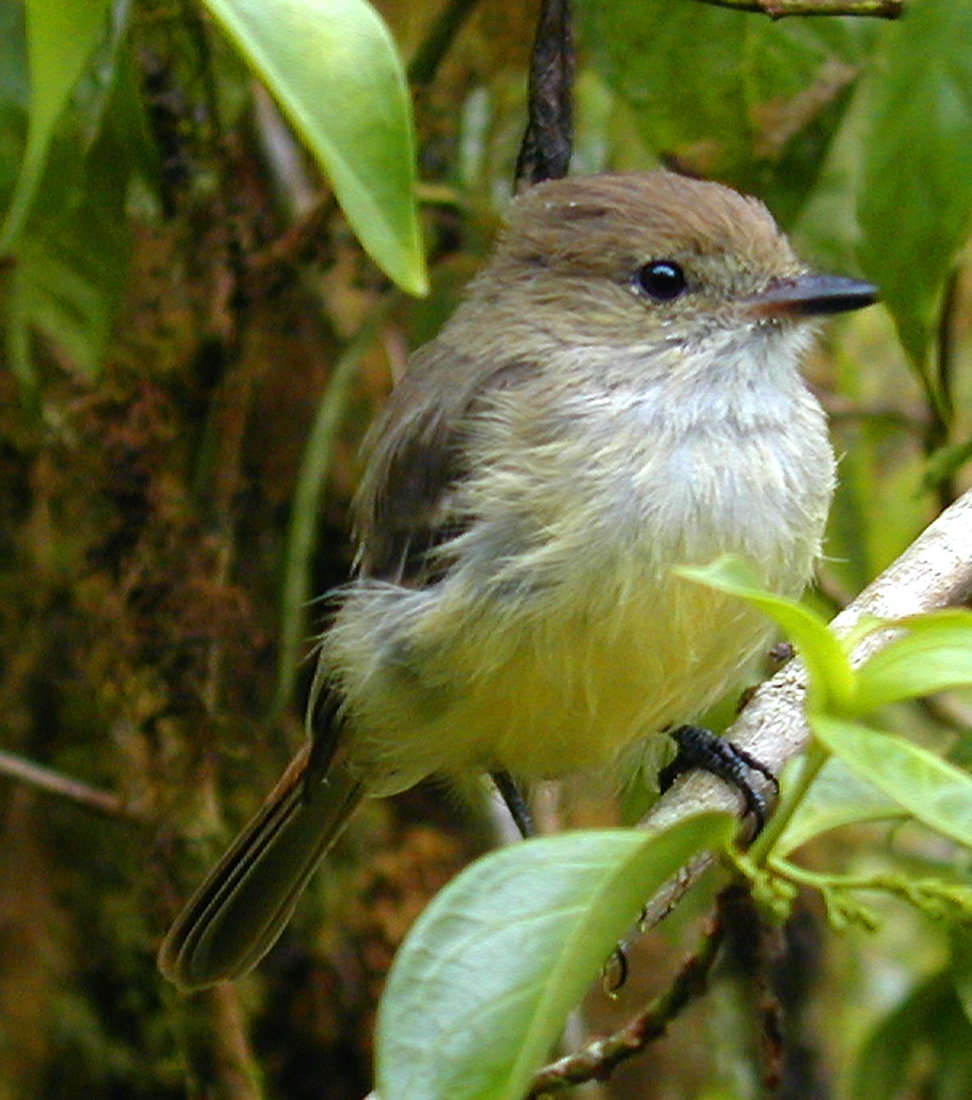
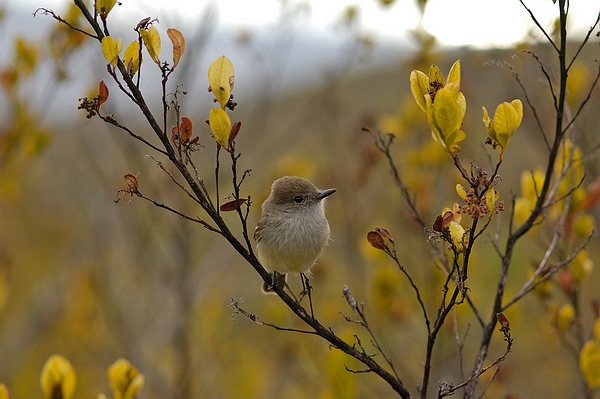
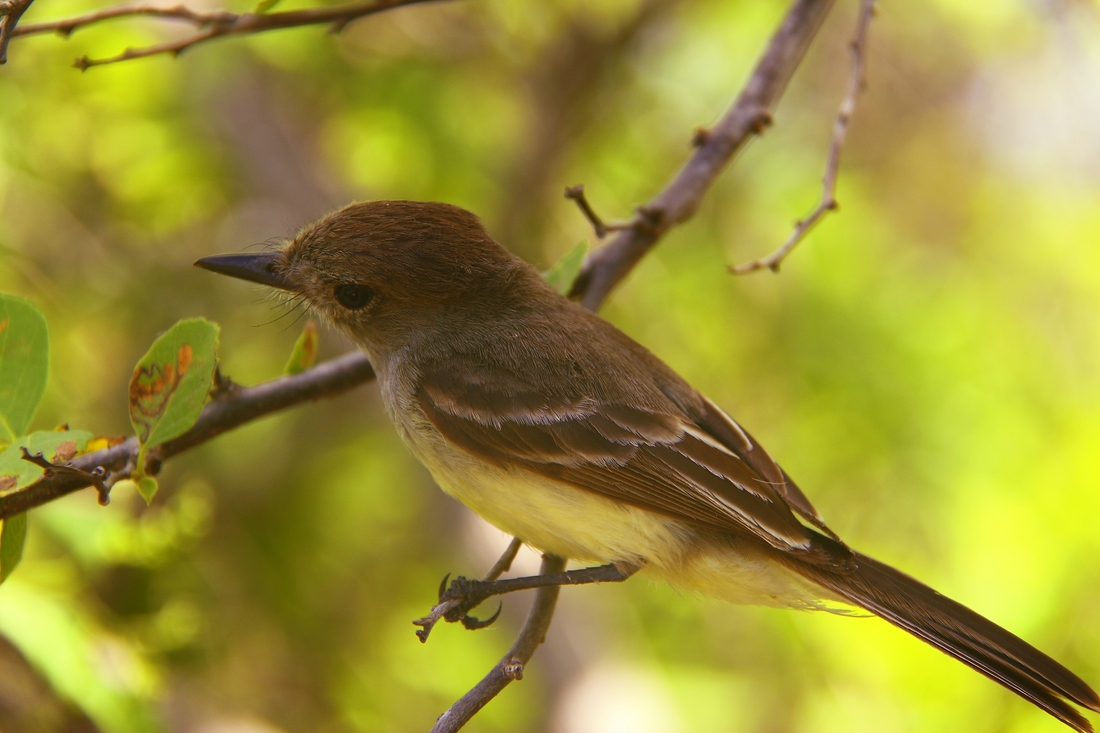
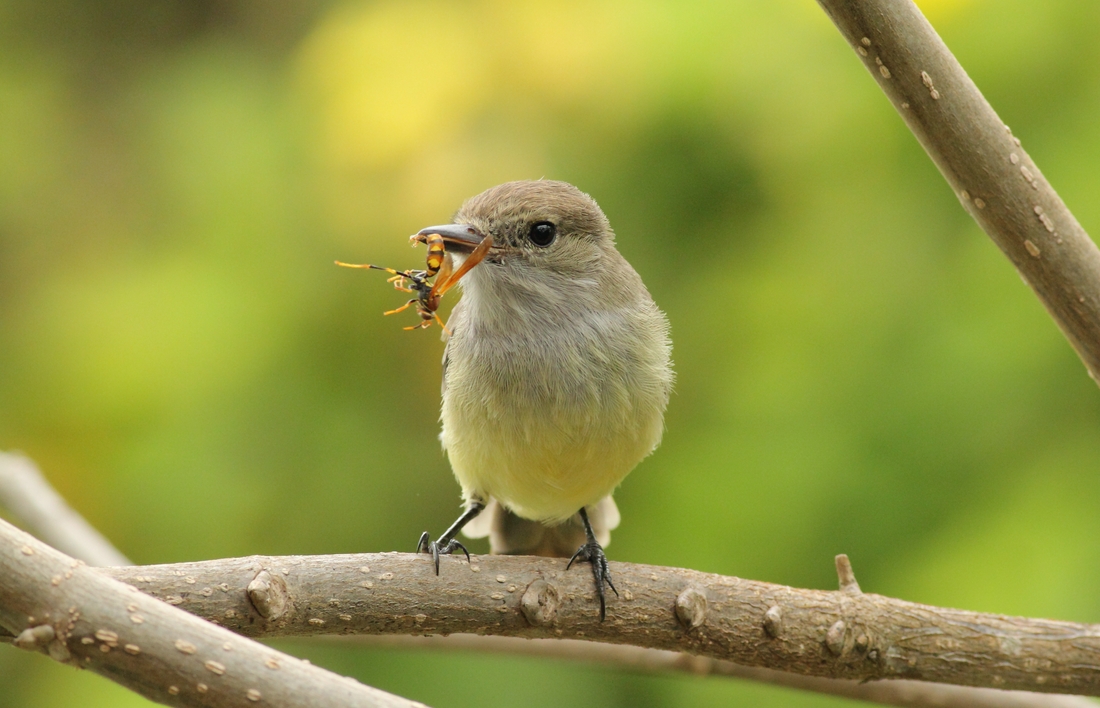
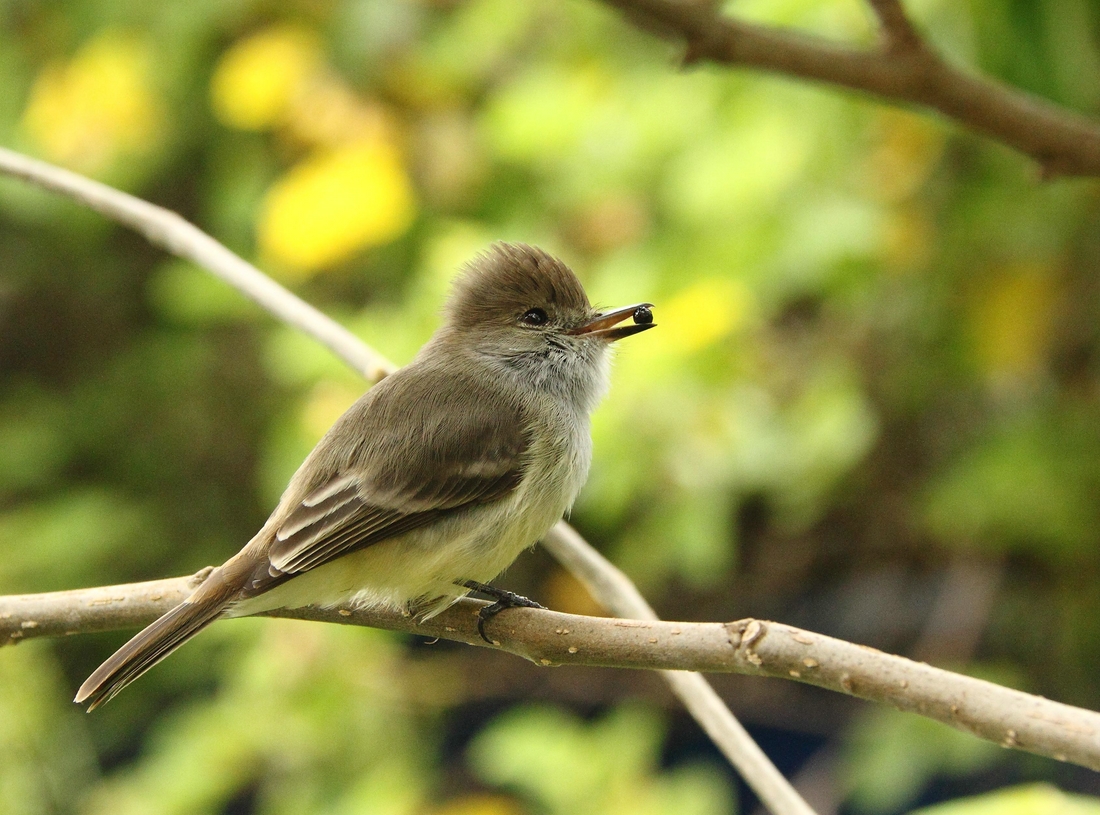
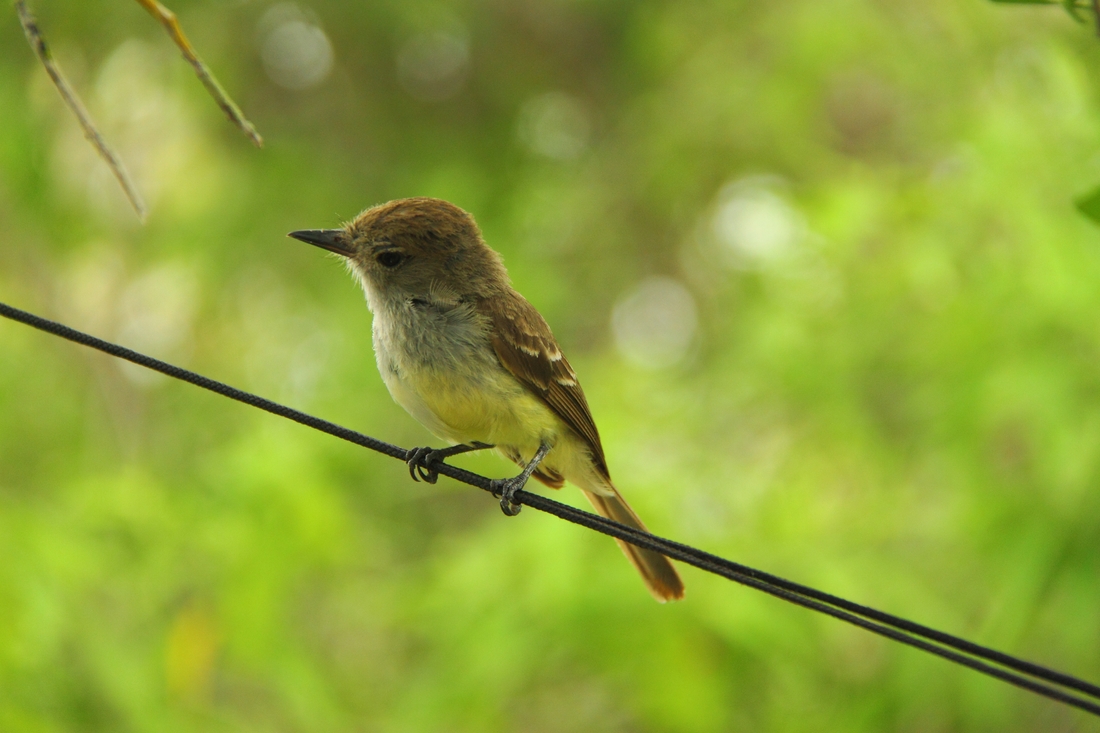
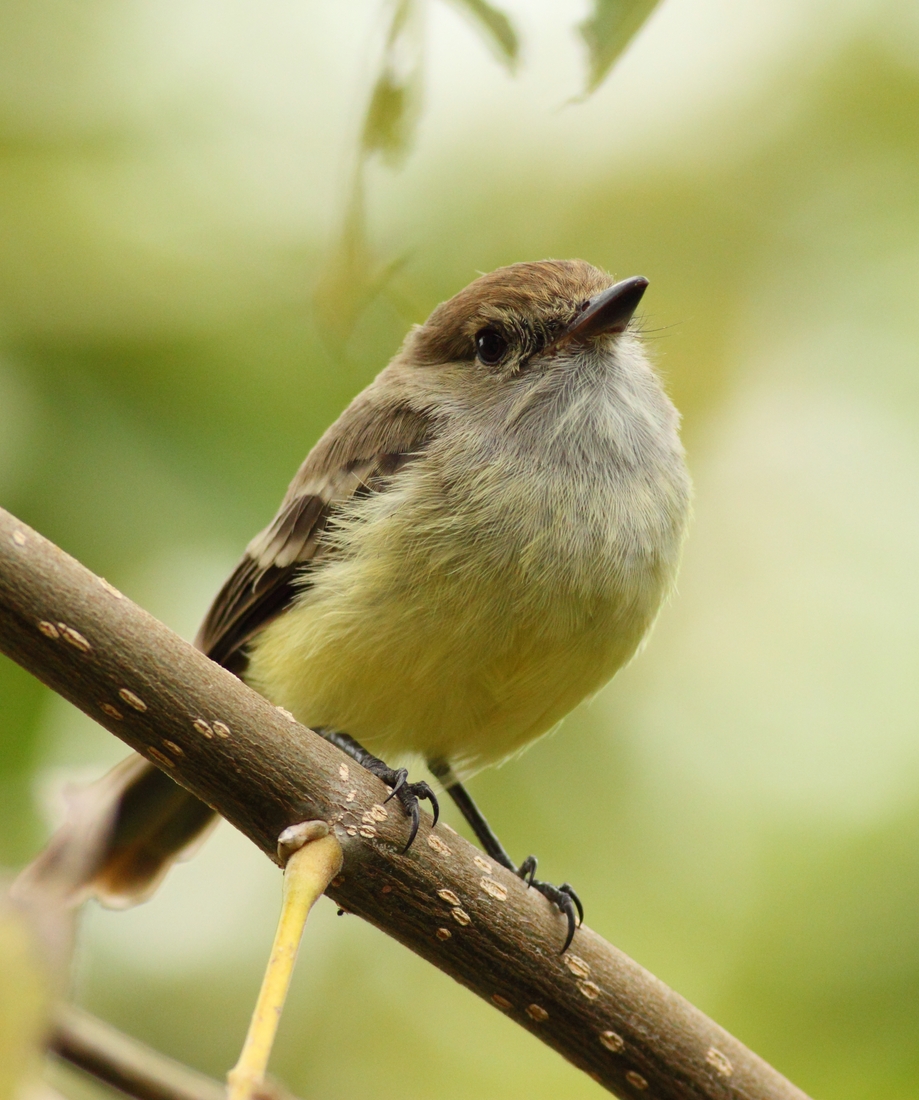
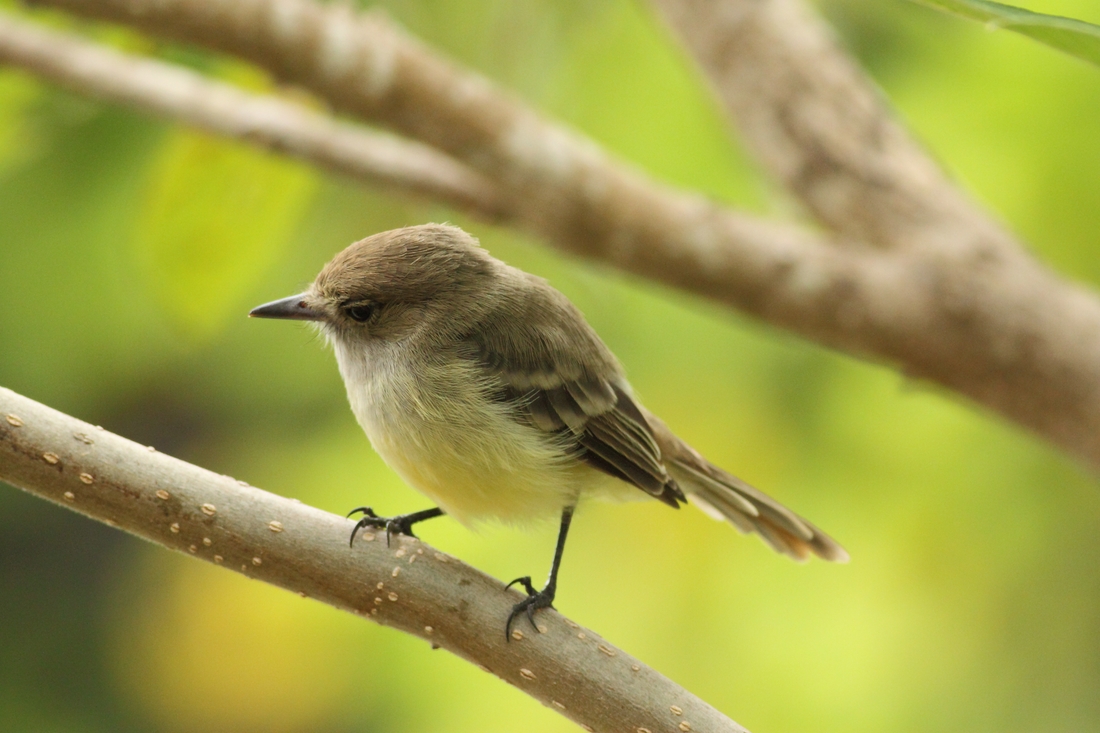
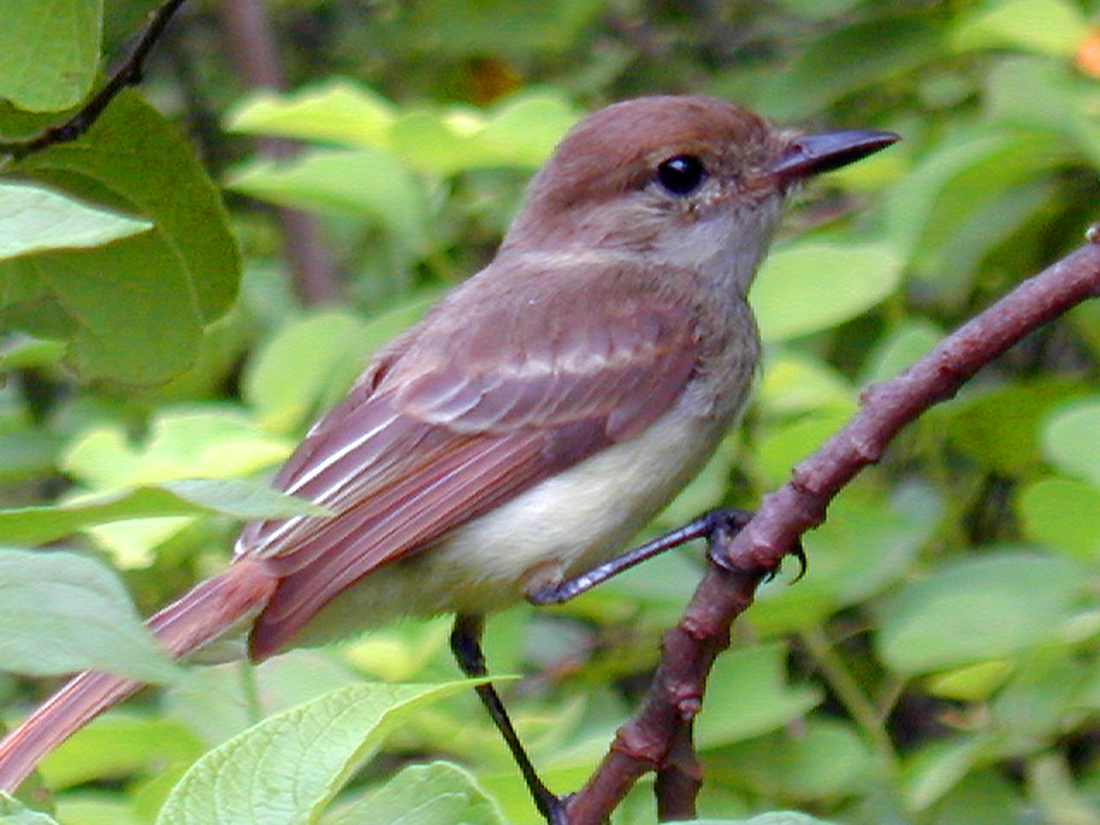

Largest flycatcher on the Galápagos, it is still a rather small member of its genus, only about 15-16 cm in length. Grey-brown, breast, grey throat, and male has yellow belly, female beige. May have a crest of feathers on top of the head. Rather thick beak.
Domain
Eukaryota
Kingdom
Animalia
Phylum
Chordata
Class
Aves
Order
Passeriformes
Family
Tyrannidae
Genus
Myiarchus
Species
magnirostris
Taxon category: Accepted
Taxon origin: Endemic
Habitat preferences: Tropical deciduous to wet forests.
Feeding type: Mainly insectivorous, has also been observed feeding on the flesh of fruits (Momordica, Scutia, Tournefortia) and on flowers, thus a potential pollen vector.
Reproductive biology: Territorial. Nests in cavities in trees or cactus. Lays 3-5 eggs. The species is known to nest in artificial cavities such as hollow electric poles or nest boxes.
Distribution origin: A recent genetic study has shown a single colonization event about 850 000 yrs ago from southern central America rather than continental Ecuador.
Distribution classification: Eutropical
Natural enemies: Affected by Philornis.
Map of specimen collection localities or observation records for this species in our collections database.
Distribution: Common on all major islands but Genovesa. It is decreasing but still fairly common except on San Cristóbal where it is already rare.
- Wiedenfeld, D.A. (2006) Aves, the Galapagos Islands, Ecuador. Check List 2006 2(2): 1-27.
- Jiménez-Uzcátegui, G. Milstead, B., Márquez, C., Zabala, J., Buitrón, P., Llerena, A., et al. (2007) Galapagos vertebrates: endangered status and conservation actions. Galapagos Report 2006–2007. Charles Darwin Foundation, Puerto Ayora, p. 104–110.
- Harris, M.P. (1973) The Galápagos avifauna. Condor 75(3): 265-278.
- Snodgrass, R.E. Heller, E. (1904) Birds of the Gálapagos Archipelago. Papers from the Hopkins-Stanford Galapagos Expedition, 1898 - 1899, XVI, birds. Proceedings of the Washington Academy of Sciences 5: 231-372.
- Salvin, O. (1876) On the avifauna of the Galápagos Archipelago. Transactions of the Zoological Society of London 9: 447-510.
- Sundevall, C.J. (1871) On birds from the Galápagos Islands. Proceedings of the Zoological Society of London 1871: 124-129.
- Swarth, H.S. (1931) The Avifauna of the Galapagos Islands. Occ. Pap. Calif. Acad. Sci. 18: 1-299.
- Jiménez-Uzcátegui, G. Betancourt, F. (2008) Avifauna vs automotores. Informe Galápagos 2007-2008. FCD, PNG & INGALA. Puerto Ayora, Ecuador. p. 111–114.
- Hickin, N. (1979) Animal life of the Galapagos. Ferundune Books, Faringdon, U.K., 236 pp.
- Bisconti, M. Landini, W., Bianucci, G., Cantalamessa, G., Carnevale, G. Ragaini, L. & Valleri, G. (2001) Biogeographic relationships of the Galapagos terrestrial biota: parsimony analyses of endemicity based on reptiles, land birds and Scalesia land plants. J. Biogeogr. 28: 495-510.
- Dvorak, M. Fessl, B., Nemeth, E., Kleindorfer, S.M., & Tebbich, S. (2012) Distribution and abundance of Darwin ́s Finches and other land birds on Santa Cruz Island Galapagos: evidence for declining populations. Oryx 46:78-86
- Dvorak, M. Vargas, H., Fessl, B. & Tebbich, B. (2004) On the verge of extinction: a survey of the mangrove finch Cactospiza heliobates and its habitat on the Galápagos islands. Oryx 38:1-9.
- Guerrero, A. Tye, A. (2011) Native and introduced birds of Galapagos as dispersers of native and introduced plants. Ornitología Neotropical 22:207-217.
- Ervin, S. (1992) Nesting behavior of the large-billed flycatcher on Isla Santa Cruz. Noticias de Galapagos 51:17-19.
- Sari, E. Parker, P. (2012) Understanding the colonization history of the Galapagos flycatcher (Myiarchus magnirostris). Molecular Phylogenetics and Evolution 63:244-254.
- IUCN (2015) The IUCN Red List of Threatened Species. Version 2015-4. <www.iucnredlist.org>. Downloaded on 20 November 2015.
- Freile, J.F. Santander, T., Jiménez-Uzcátegui, G., Carrasco, L., Cisneros-Heredia, D., Guevara, E., Sánchez-Nivicela, M., Tinoco, B. (2019) Lista Roja de las aves del Ecuador Quito, Ecuador. 97 pp.


